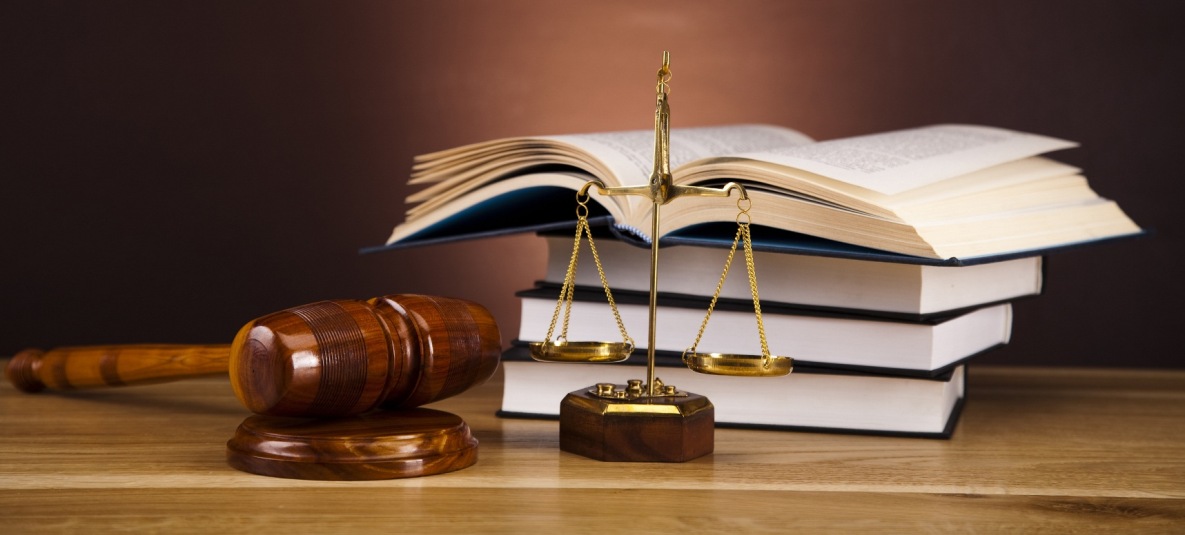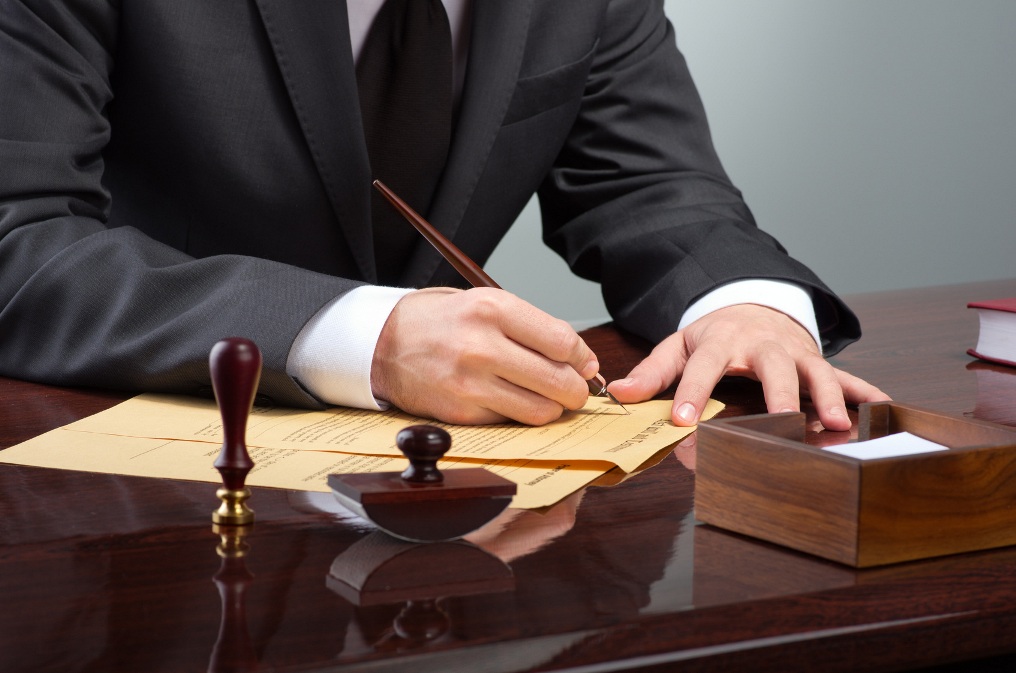Within a very short time, their greed and self-interest made them as unpopular as Edward II and Hugh Despenser had been; Isabella had little capacity for learning from her husbands mistakes. Edward looked the part of a Plantagenet king to perfection. [148] She may have developed an interest in astrology or geometry towards the end of her life, receiving various presents relating to these disciplines. [116] Isabella also refused to hand over her dower lands to Philippa after her marriage to Edward III, in contravention of usual custom. [74] Edward instructed Isabella to come home in September, but she expressed concern the young Despenser would try to kill her upon her arrival, or the Earl of Richmond. [92] Isabella and Mortimer now had an effective alliance with the Lancastrian opposition to Edward, bringing all of his opponents into a single coalition. [95] London was now in the hands of the mobs, although broadly allied to Isabella. Save 70% on the shop price when you subscribe today - Get 13 issues for just $49.99 + FREE access to HistoryExtra.com, Enjoying HistoryExtra.com? Some months later, Edward made a fatal error. [23] Isabella, then aged twelve, was effectively sidelined by the pair. Edward found himself at odds with the barons, too, in particular his first cousin Thomas, 2nd Earl of Lancaster, whilst continuing the war against the Scots that he had inherited from Edward I. 1289 for the alternative perspective. Edward's body was apparently buried at Gloucester Cathedral, with his heart being given in a casket to Isabella. Isabella threw herself at Edward's feet, famously crying "Fair son, have pity on gentle Mortimer! In 1325, she was sent to her homeland to negotiate a peace settlement between her husband and her brother Charles IV, king of France. [90] The local levies mobilised to stop them immediately changed sides, and by the following day Isabella was in Bury St Edmunds and shortly afterwards had swept inland to Cambridge. Isabella arrived in England for the first time on 7 February 1308. They had six children, of whom the first, third and fifth survived to adulthood. Aymer de Valence, 2nd Earl of Pembroke, a moderate baron with strong French links, asked Isabella to intervene in an attempt to prevent war;[48] Isabella publicly went down on her knees to appeal to Edward to exile the Despensers, providing him with a face-saving excuse to do so, but Edward intended to arrange their return at the first opportunity. Corrections? Isabella therefore had no choice but to remain in France. [88] Thomas, Earl of Norfolk, joined Isabella's forces and Henry of Lancaster the brother of the late Thomas, and Isabella's uncle also announced he was joining Isabella's faction, marching south to join her. [128] The French nobility were unimpressed and, since Isabella lacked the funds to begin any military campaign, she began to court the opinion of France's neighbours, including proposing the marriage of her son John to the Castilian royal family. Supposedly, the marriage was against her wishes, and she cried throughout the ceremony. Edward was handsome, but highly unconventional, possibly forming close romantic attachments first to Piers Gaveston and then to Hugh Despenser the Younger. Isabella was sent into retirement. [36] Isabella concluded that the pair must have been carrying on an illicit affair, and appears to have informed her father of this during her next visit to France in 1314. When she was three, her father died, making her half-brother, Henry IV, King. Using her own supporters at court and the patronage of her French family, Isabella attempted to find a political path through these challenges. Mortimer declared that his word had priority over the king's, an alarming statement that Montagu reported back to Edward. However, Edward couldn't love Isabella wholeheartedly for he loved a man more. [37] The consequence of this was the Tour de Nesle Affair in Paris, which led to legal action against all three of Isabella's sisters-in-law; Blanche and Margaret of Burgundy were imprisoned for life for adultery. [144], After the coup, Isabella was initially transferred to Berkhamsted Castle,[145] and then held under house arrest at Windsor Castle until 1332, when she then moved back to her own Castle Rising in Norfolk. Edmund of Kent was in conversations with other senior nobles questioning Isabella's rule, including Henry de Beaumont and Isabella de Vesci. Paul Doherty, drawing extensively on the Fieschi Letter of the 1340s, has argued that Edward in fact escaped from Berkeley Castle with the help of William Ockle, a knight whom Doherty argues subsequently pretended to be Edward in disguise around Europe, using the name "William the Welshman" to draw attention away from the real Edward himself. Isabella was born in Paris in somewhere between 1288 an 1296, the daughter of King Philip IV of France and Queen Jeanne of Navarre, and the sister of three French kings. 2213 is more confident. After her short period of detention she was allowed to go free and some years later was restored to her pre-1324 income of 4,500. He was tall, athletic, and wildly popular at the beginning of his reign. [13] Edward I attempted to break the engagement several times for political advantage, and only after he died in 1307 did the wedding proceed. Isabella deposed Edward, becoming regent on behalf of her young son, Edward III. [107] Isabella's position was still precarious, as the legal basis for deposing Edward was doubtful and many lawyers of the day maintained that Edward II was still the rightful king, regardless of the declaration of the Parliament. House of Capet. ", This page was last edited on 3 April 2023, at 01:29. Isabella sailed for France in 1325 to settle a long-standing dispute over Gascony. Omissions? He escaped death but was subjected to a colossal fine, effectively crippling his power. Isabella betrothed her son Edward of Windsor to a daughter of the Count of Hainault in modern-day Belgium in order to secure ships, mercenaries and cash to invade England. Thomas of Lancaster reacted to the defeats in Scotland by taking increased power in England and turning against Isabella, cutting off funds and harassing her household. [108] Ian Mortimer, focusing more on contemporary documents from 1327 itself, argues that Roger de Mortimer engineered a fake "escape" for Edward from Berkeley Castle; after this Edward was kept in Ireland, believing he was really evading Mortimer, before finally finding himself free, but politically unwelcome, after the fall of Isabella and Mortimer. However, her presence in France became a focal point for the many nobles opposed to Edward's reign. A child of Mortimer's with royal blood would have proved both politically inconvenient for Isabella, and challenging to Edward's own position.[137]. The king finally gained his revenge on Lancaster 10 years later when he had him beheaded for treason in March 1322. When Edward went to war with Isabellas brother Charles IV of France in 1324, he began to treat Isabella as an enemy alien and confiscated her lands. [91] Edward fled London on the same day, heading west towards Wales. [127] Isabella responded to the problems by undertaking a wide reform of royal administration and local law enforcement. [151] Joan nursed her just before she died. She would be their eldest surviving child. Isabella left the bulk of her property, including Castle Rising, to her favourite grandson, the Black Prince, with some personal effects being granted to her daughter Joan. Rapidly retreating south with the Despensers, Edward failed to grasp the situation, with the result that Isabella found herself and her household cut off from the south by the Scottish army, with the coastline patrolled by Flemish naval forces allied to the Scots. Isabella's wardrobe gives some indications of her wealth and styleshe had dresses of baudekyn, velvet, taffeta and cloth, along with numerous furs; she had over 72 headdresses and coifs; she brought with her two gold crowns, gold and silver dinnerware and 419 yards of linen. [28] Indeed, Gaveston's key enemy, Edward and Isabella's uncle Thomas of Lancaster, considered her to be an ally of Gaveston. In 1330, aged 18, Edward III forcibly asserted his authority. The descendants of his seven sons and five daughters contested the throne for generations, climaxing in the Wars of the Roses (1455-85). Three more children were born to the royal couple. Isabella was born in Paris on an uncertain dateon the basis of the chroniclers and the eventual date of her marriage, she was probably born between April 1295[a] and January 1296. She was the youngest surviving child and only surviving daughter of Philip IV of France and Joan I of Navarre. This he did, and the lands were restored. Later in the year, however, Isabella and Edward held a large dinner in London to celebrate their return and Isabella apparently noticed that the purses she had given to her sisters-in-law were now being carried by two Norman knights, Gautier and Philippe d'Aunay. [150], As the years went by, Isabella became very close to her daughter Joan, especially after Joan left her unfaithful husband, King David II of Scotland, who was imprisoned by her brother in the Tower of London at the time where she visited him once. Joined there by her son, the future Edward III, she announced her refusal to return to England until the Despensers were removed from court. [155] She was buried in the mantle she had worn at her wedding and at her request, Edward's heart, placed into a casket thirty years before, was interred with her. An eyewitness to the royal couples extended visit to Isabellas homeland from May to July 1313 stated that Edward loved Isabella, and that the reason for his arriving late for a meeting with Isabellas father Philip IV was because the royal couple had overslept after their night-time dalliances. [14] Isabella was said to resemble her father, and not her mother, queen regnant of Navarre, a plump, plain woman. [99] With Bristol secure, Isabella moved her base of operations up to the border town of Hereford, from where she ordered Henry of Lancaster to locate and arrest her husband. [41] Henry's sister, Isabella de Vesci, continued to remain a close adviser to the Queen. [76] Victorian writers suggested that, given later events, Isabella might have helped Mortimer escape and some historians continue to argue that their relationship had already begun at this point, although most believe that there is no hard evidence for their having had a substantial relationship before meeting in Paris.[77]. When her brother, King Charles IV of France, seized Edward's French possessions in 1325, she returned to France, initially as a delegate of the King charged with negotiating a peace treaty between the two nations. [112] Isabella and Mortimer had already begun a trend that continued over the next few years, in starting to accumulate huge wealth. In her old age she joined an order of nuns, the . Christopher Columbus, who colonized the "Indians" and handed over his new colony to Queen Isabella of Spain, William did not conquer England for France. 1328 saw the marriage of Isabella's son, Edward III to Philippa of Hainault, as agreed before the invasion of 1326; the lavish ceremony was held in London to popular acclaim. [13] In 1303, Edward I may have considered a Castilian bride for Edward II instead of Isabella and even increased her dowry before the wedding. He was the future Edward III, king of England from January 1327 until June 1377. This was then confirmed at the next parliament, dominated by Isabella and Mortimer's followers. [58] Indeed, various authors have suggested that there is evidence that Hugh Despenser the Younger attempted to assault Isabella herself in some fashion. Here, writing for History Extra, Warner offers a vivid account of this most fascinating and influential of women. Isabella of France (1295 - 22 August 1358) was the Queen consort of England as the wife of Edward II of England. One of the most notorious women in English history, Isabella of France led an invasion of England that ultimately resulted in the deposition of her king and husband, Edward II, in January 1327 the first ever abdication of a king in England. Her father gave financial support to the anti-Gaveston faction at the English court through Isabella and her household, which eventually led to Edward being forced to banish him to Ireland for a brief period. [62] The situation was precarious and Isabella was forced to use a group of squires from her personal retinue to hold off the advancing army whilst other of her knights commandeered a ship; the fighting continued as Isabella and her household retreated onto the vessel, resulting in the death of two of her ladies-in-waiting. [15] This indicates that Isabella was slender and pale-skinned, although the fashion at the time was for blonde, slightly full-faced women, and Isabella may well have followed this stereotype instead. A point born out by Mortimer, 2004, p. 140. The shame of Isabella of France Such was the shame brought upon the new Queen that there is evidence to suggest that in 1308 her father, Philip the Fair, paid the earls of Lincoln and Pembroke to remove Gaveston from power. Mortimer's uncle, Roger Mortimer de Chirk finally died in prison, but Mortimer managed to escape the Tower in August 1323, making a hole in the stone wall of his cell and then escaping onto the roof, before using rope ladders provided by an accomplice to get down to the River Thames, across the river and then on eventually to safety in France. By March of 1326, the English had heard that Isabella had taken a lover, Roger Mortimer. [60] Worse still, later in the year Isabella was caught up in the failure of another of Edward's campaigns in Scotland, in a way that permanently poisoned her relationship with both Edward and the Despensers. Isabella's reputation in France suffered somewhat as a result of her perceived role in the affair. They were John of Eltham, Earl of Cornwall, in August 1316; Eleanor of Woodstock, duchess of Guelders, in June 1318; and Joan of the Tower, queen of Scotland, in July 1321. Gaveston was assassinated in June 1312 by a group of English barons sick of his excessive influence over the king. She doted on her grandchildren, including Edward, the Black Prince. Most of the negative stories often told in modern literature about the couple for example that Edward gave Isabellas jewels or wedding gifts to Piers Gaveston in 1308, that he abandoned her weeping and pregnant in 1312 to save Gaveston, or that he cruelly removed her children from her custody in 1324 are much later fabrications. Mortimer was executed, Isabella's regency was ended and she was imprisoned,[3] but soon released.
Running A Welder Off A Dryer Outlet,
Gulf Of Mexico Marine Forecast,
Articles W





